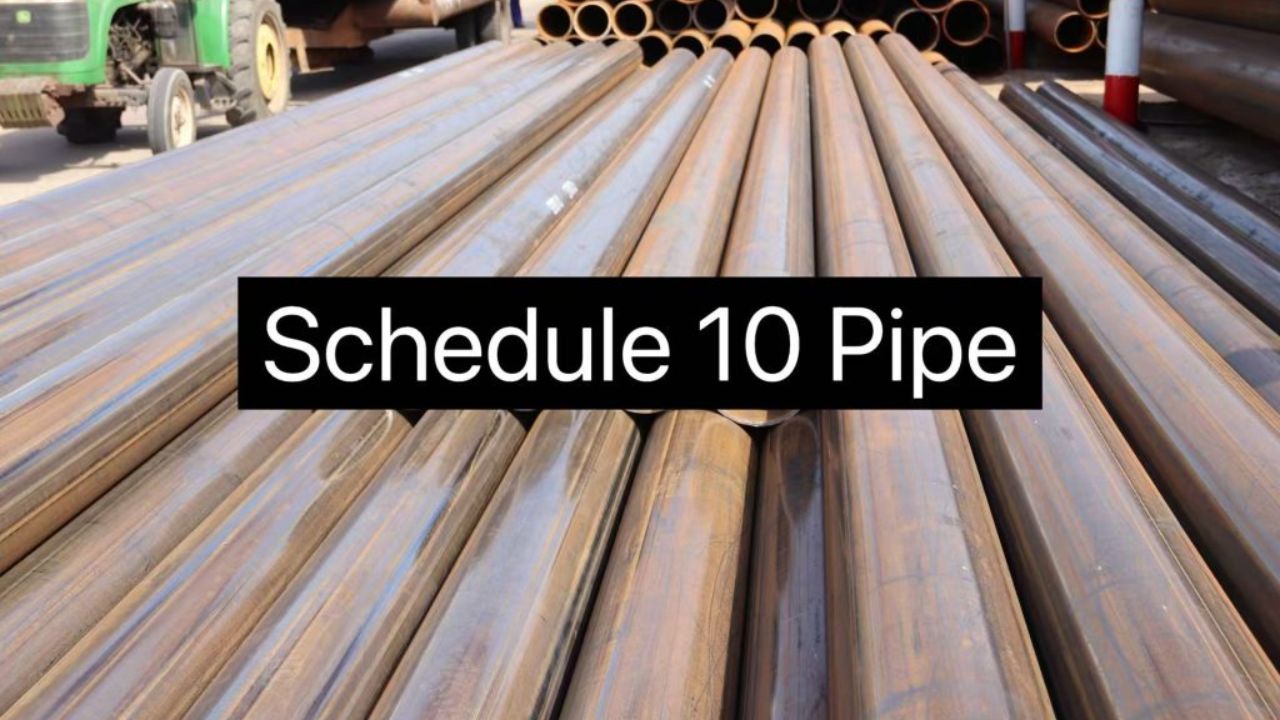One of the most serious choices regarding the piping system in modern piping is the choice of the wall thickness that will offer durability, safety, and low costs. Schedule 10 pipe in spain is widely used across various industries for low-pressure fluid transport systems due to its lightweight design, durability, and compliance with international standards. Nevertheless, it is important to choose the appropriate thickness of the walls, and to select it taking into account a number of engineering and activity factors.
Operating Pressure and Application Requirements
The operating pressure of the system is one of the major factors to be considered when choosing Schedule 10 wall thickness. Schedule 10 pipes are a cost-effective and viable option in low-pressure environments, like water distribution, the HVAC system, and some chemical processing systems. But when under high pressure, schedules with greater thickness, such as 40 or 80, might be required to guarantee such long-term work and avoid deformation. The pressure rating of the pipe should be matched with the internal and external maximum loads that the pipe will be subjected to. The engineers and the buyers should consider the pressure variations in the system to be able to determine that the selected wall thickness will be structurally stable at any operating condition.
Type of Fluid Being Transported
The nature of the fluid, which moves inside the pipeline, is also a factor that contributes greatly to the most appropriate wall thickness. Schedule 10 carbon steel pipes would be adequate for fluids that are non-corrosive, like air or clean water. But in the case of corrosive or abrasive materials, then perhaps stainless steel or alloy steel versions of Schedule 10 pipes would be suitable. The thickness of the wall is to be selected such that it is strong enough to resist internal erosion or chemical degradation with time. The choice of the material and combination of thickness and consistency ensures the pipe will be able to resist the unlimited exposure to difficult media without impairing the flow efficiency and safety.
Temperature Considerations
The performance of steel pipes directly depends on the temperature. The strength of the material generally reduces with an increase in operating temperature, and this may influence the capability of the pipe to withstand internal pressure. Carbon steel schedule 10 pipes can be used in ambient industrial and residential systems, as they are optimal at room temperature or near it. Nevertheless, in a setting where temperatures are high, like in steam or thermal fluid operations, a situation that needs pipes with heavier walls or different materials can occur. This is because of knowing the temperature range of the system, which enables the prevention of warping, cracking, or premature fatigue in the material.
Installation Environment and Handling
Wall thickness also depends on the environment in which the installation will be done. The pipes of schedule 10 are light and thus it is easier to address, transport, and install as compared to other heavier schedules. This more lightweight design saves labor costs and enhances efficiency in projects and installations that would need frequent maintenance, such as above-ground projects. Nonetheless, in underground or exposed conditions where there is external pressure or physical impact of concern, a slightly thicker wall can be more resistant to deformation. Assessment of the environment will make sure that the selected Schedule 10 pipe offers convenience and durability throughout its life of service.
Balancing Cost and Performance
One of the factors that prevail in the decision-making in industries is cost efficiency. Schedule 10 pipes are known to be cheap and simple to make. The selection of the wall thickness is based on a balance between the performance requirements and the project budget. The reduction of the thickness can result in unnecessary expenditures, and its under-specification can jeopardize the safety and durability. This is the reason why suppliers such as TUSPIPE help their clients by examining the conditions of the project, computing the pressure loads, and proposing to use appropriate thicknesses of the walls that guarantee the economy as well as adherence to the international standards.
Conclusion
To determine the correct Schedule 10 wall thickness, an in-depth analysis of a number of factors that include the operating pressure, fluid nature, temperatures, and conditions at which the installation would be done is necessary. All these considerations guarantee that the piping system will be of the appropriate strength level, efficiency, and cost-effectiveness. Having decades of experience in manufacturing and following international standards, TUSPIPE still delivers stable Schedule 10 steel pipes that meet the needs of industries around the world. Adequate selection not only improves system performance but also guarantees long-term safety and sustainability in any application.

